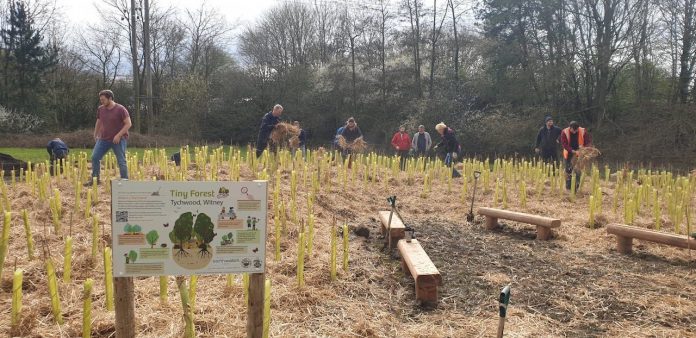Perth, like many other cities worldwide, is losing its leafy green appearance as larger blocks are subdivided, apartments increase in number and new developments clear trees prior to building.
This is a problem as greenspace in cities is good for residents’ physical and mental health. Urban vegetation helps absorb airborne pollutants as well as mitigate noise pollution, which causes stress and sleep disturbance.
Research has found exposure to nature has a positive effect on psychological conditions such as depression, anxiety and mood disorder. It also improves sleeps and reduce stress, increase happiness and reduces negative emotions, promotes positive social interactions and even helps generate a sense of meaning to life.
Professor Oded Berman at the University of Toronto, Canada found that adding 10 trees to a city block had a huge impact on people’s perceptions of their health and well-being, equivalent to the effect of earning $10,000 more per household.
In the Shetland Islands, north of Scotland, doctors are prescribing nature-based activities such as birdwatching and beach walks to treat mental health conditions and stress, as well as physical conditions such as heart disease and diabetes.
The project, jointly run by the National Health Service and the Royal Society for Protection of Birds (RSPB) Scotland, is designed to improve patients’ blood pressure, reduce their risk of heart disease and strokes, plus boost their mental health.
“There is overwhelming evidence that nature has health benefits,” says RSPB community engagement officer Karen MacKelvie.
“We saw an opportunity to design a leaflet that helps doctors describe the health benefits of nature and provides plenty of local ideas to help them fire-up their patients’ imaginations and get them outdoors.”
One explanation of the effect of urban greenspace is that residents living near green spaces simply take more exercise. But most research suggests that visiting green spaces is more associated with social activities, such as picnicking. Attractive public spaces are a catalyst for building cohesive neighbourhoods.
Ecologist Karl Evans at the University of Sheffield, UK, points out that about half the green space in most cities is closely mown grass.
In a study in the south of England, his team found that people responded more positively to meadows, which were more biodiverse rather than to mown grassland.
“You could convert lawns to meadows or plant more trees,” he told New Scientist.
A recent innovation in the UK is Tiny Forests planted in small areas of urban wasteland. Despite their small size, tiny forests deliver significant benefits, they grow five times as fast, reduce noise and absorb 30 times the carbon of conventional tree-planting schemes.
They also attract more than 500 species of animals and plants in addition to those planted, process 30,000 litres of rainfall and improve air quality through dust reduction. They also provide spaces for people to connect with nature.
Tiny Forests communication co-ordinator Elizabeth Hunston, says: “It does not take much increase in urban greenery to have a big impact, with the most disadvantaged people benefiting the most.
“Greening the world’s urban spaces can boost human well-being, help redress social inequality and be a boon for biodiversity.”
































